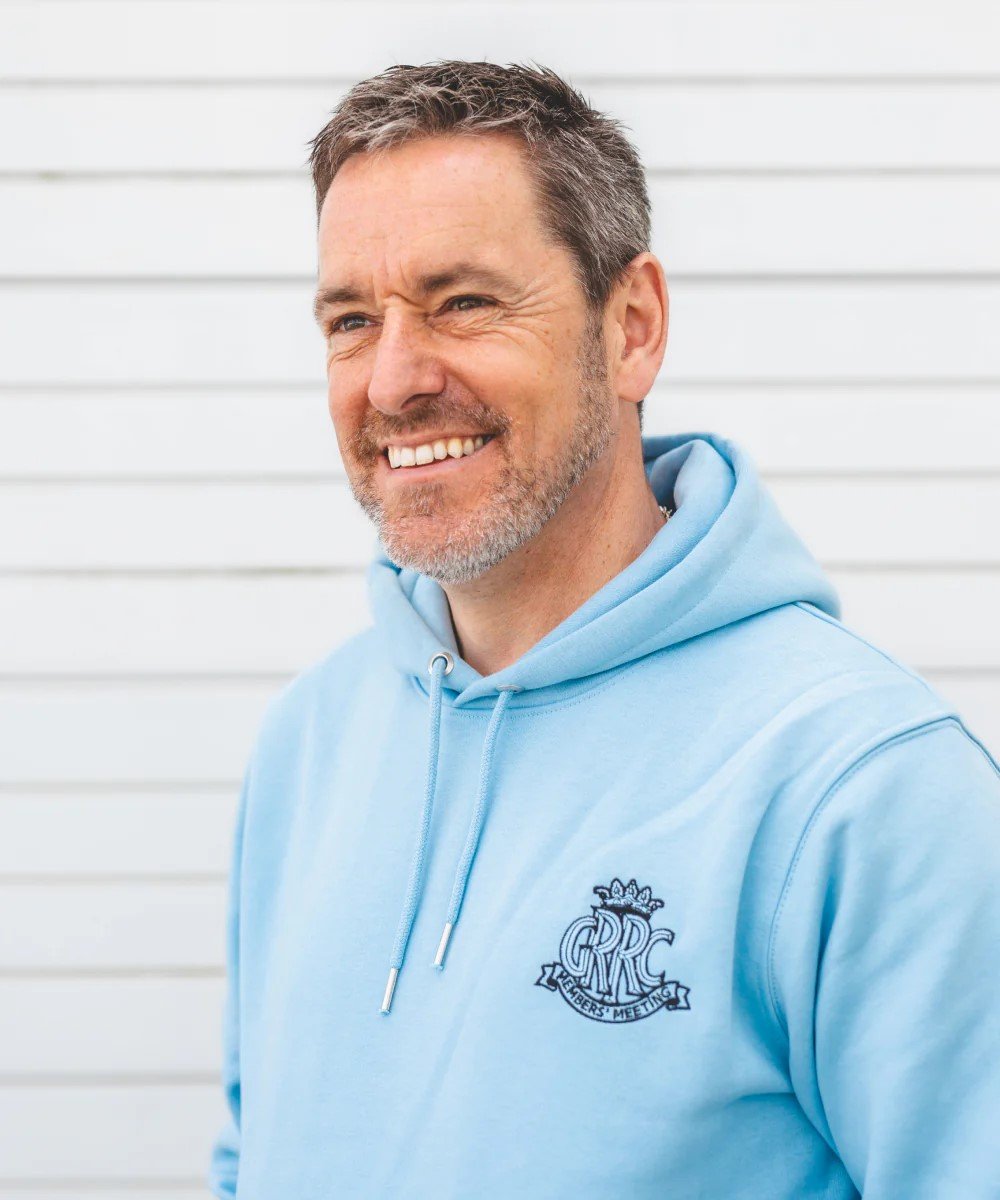Valentino Rossi's long ride to glory
How’s your Latin? Some will know that “vale” means “goodbye”. It’s also the family short-form of the name Valentino. Now, the two coincide. Finally (“So soon!” I hear you cry) the longest serving and arguably greatest motorcycle racer of all time has announced his retirement. It’s “vale” to The Doctor.

This major landmark was hailed with appropriate reverence both within and without MotoGP. Tributes poured in, and at Silverstone and the Red Bull Ring (Covid rules finally permitting) so have the fans: great yellow-clad armies, for one last look at the man who not only illuminated the sport, but also inspired pure devotion.
Single-handed, with rascally charm, savvy marketing and genius riding skill, Valentino broke the boundaries of a niche sport to become a world superstar. He brought all of bike racing with him.
As British rider Cal Crutchlow (among others) put it: “If you say Valentino Rossi, people in every country think motorcycle racing… and the other way around.” Rights-holders Dorna are poised to find the answer to a question that has vexed them for a decade or more: “What will happen to crowd and TV figures without Valentino?”

Yet there’s also an element of relief. Rossi’s results in 2021 have been beneath his dignity. It’s impossible not to admire the sheer love of the sport that kept him trying; likewise the commercial clout that secured him a top-level factory Yamaha. Impossible also not to feel a sense of disappointed inevitability when he again drops to the back end of the points… and that on a good day. After winning 115 GPs and nine World Championships, it’s hard to watch.
The enthusiasm hadn’t let him down. “At the beginning of this season I hoped to go on for two more years,” he said, announcing his retirement after the summer break. But only if he felt competitive. Over the first nine races, his best was a single tenth, with only three other finishes in the points, and three race crashes. Time had taken over. Now aged 42, Rossi was no longer able to adapt his technique, while a crop of talented younger riders were finding ways to be more creative. Old dog, new tricks…
While he butted his head against problems getting the Yamaha set up right, or in finding ways to ride round its problems, Fabio Quartararo was winning race after race on it, and romping to a massive championship lead.

The amazing and wonderful thing, however, is just how long it has taken. Few fast riders go on much beyond 30. Not only are they set in their ways, they also run out of the essential hunger, what Mick Doohan called “the want”. Talk about adaptability.
Rossi’s gift took him through all three classes. The different skills required to go from a 125cc two-stroke to a 250 are at least in the same area, but it is proportionately harder again to take the step to an over-powered 500. New techniques are required when the horsepower overcomes the ability of the rear tyre to grip, and the strength and integrity of the chassis. Rossi sailed through all of these, his natural ability making it look not only easy, but also hugely enjoyable. Both to perform and to watch.
The next step was even harder again, to a 990cc four-stroke, not only heavier but with completely different power and weight distribution characteristics from the light and feisty 500 two-strokes. Again, it was a breeze – Valentino won the last two-stroke title and the first four-stroke, as if by right.

A couple of years later came the switch from Honda, where he felt his skills were under-appreciated, to underdogs Yamaha. And back to back titles, only the second rider in history (after Eddie Lawson) to achieve this on different makes in consecutive years.
All the while the techniques were evolving. Rossi led the way, other riders had to follow. Then came a point when that was no longer the case, younger men like Jorge Lorenzo and Casey Stoner, without Rossi’s knowledge and preconceptions, found new ways to progress technique. Rossi had to follow them, but this too he achieved with apparent ease. He could change, and he could still win.
His only mis-step was the 2011 switch from Yamaha to Ducati. The Italian dream was not a happy marriage; and it would take some years and a new technical direction for the red bikes to regain winning form. By then Valentino was back at Yamaha, and winning races again. Right up until 2017, and still a podium finisher in 2020.

All good things come to an end. Rossi’s 26-year career was more than just a good thing. It was a prolonged spell of utter brilliance.
Racing will be faster without him. But it won’t ever be quite the same.
Images courtesy of Motorsport Images.
Valentino Rossi
MotoGP
Motorcycles































































